Chinese Institute of Archaeology
Source - http://www.kaogu.cn/en/detail.asp?ProductID=3939
The Hailongtun Castle is located at the east foot of Longyanshan Mountain in the upper reaches of the Xiangjiang River, about 30 km north of the old city of Zunyi in Guizhou province. The site administratively belongs to Shuanglong group, Hailongtun Village, Gaoping Township, Huichuan District of Zunyi. Approved by the State Administration of Cultural Heritage, the first great scale of excavation has been carried out by Guizhou Provincial Institute of Cultural Relics and Archaeology since April 2012.
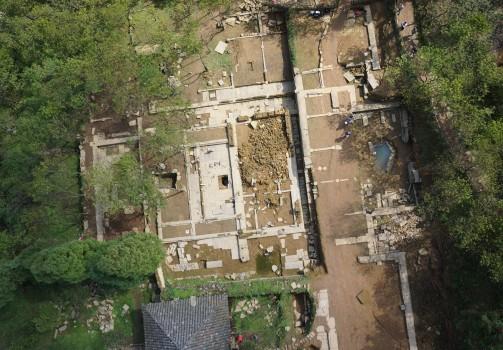
In the light of records, Hailongtun was established in 1257 and destroyed by the war in 1600. At present the encircled wall measuring 6 km is preserved, and six passes at its east and three passes at its west still stand there. The castle occupies a flat ground about 1.59 sq km in area. The old palace and the new palace are the two largest architecture complexes, each covering an areas of 20,000 sq m。There are still some other sites such as the treasure house, the square pavilion, the quarry, the circling bridle way, the training ground and the watch towers.
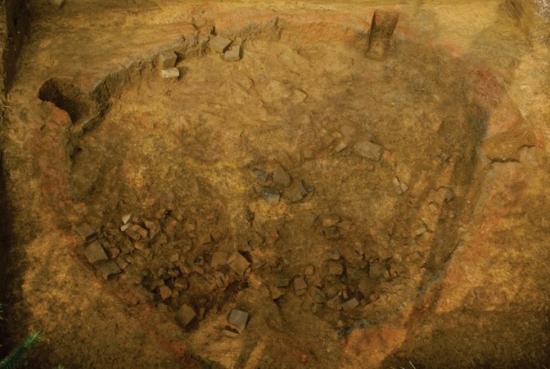
Archaeological work includes three steps: the survey to the site and its surroundings, the investigation to the new palace, and scientific excavations to the new palace of Longweiping, Shangmadeng and the water cell. The new palace is the focus of the excavations, which show that the palace is a group of enclosed architectures with the central path as the axis line and circled with walls. The remaining parts are mostly stone built platform and house foundations upon them, as well as a lot of architectural components like bricks, tiles and roof sculptures. In order to confirm the provenance of bricks and tiles, archaeologists have also surveyed the vicinity and found some kilns, one of which was uncovered.
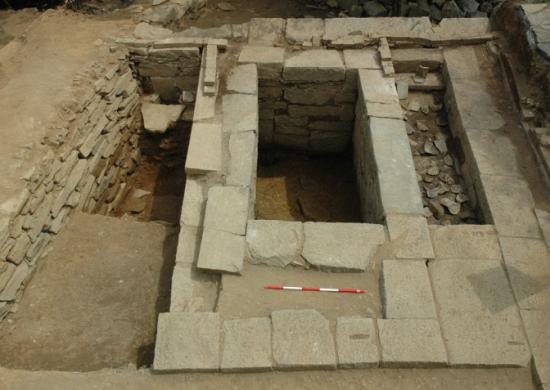
The finds include inscribed steles, porcelains, coins, iron locks and tile nails. One of the steles, inscribed with “piaoqi jiangjun shiyu longyantun yanjin bei”, bears the most importance. The inscriptions gave a brief introduction to the castle’s history and its administrative system, providing significant materials for studying the Hailongtun Castle. At the Haichao Monastery ruins another broken stele was discovered, with one side titled with “ti wangyuqing shi hou”, and on the other side inscribed with “hailongshan si bei”, documenting the restoration and property growth of the Haichao Monastery, telling that the monastery was established in 1603 and renovated in 1645. Porcelains take a large number, including white and blue porcelains, brown glazed porcelains and celadon, but mainly the former two kinds. White and blue porcelains include cups, dishes, bowls, plates and stemmed cups, decorated with designs of flowers, birds, fish, animals, figurines and landscapes. Some of them bear reign marks or auspicious words on the bottom. Reign marks are mostly “Xuande” and “Wanli”. Brown glazed porcelains include jars, basins, pots, bowls and mortars. Coins include Kaiyuan tongbao, Wanli tongbao, Chongzhen tongbao, Hongguang tongbao, Longwu tongbao, Yongli tongbao and Kangxi tongbao. There are also other finds like glass wares, iron locks, stone balls, plumbs, iron arrow heads, iron tile nails, iron door knockers, iron pans, copper armor scales, ceramic water pipes, ceramic nail heads and ink stones.
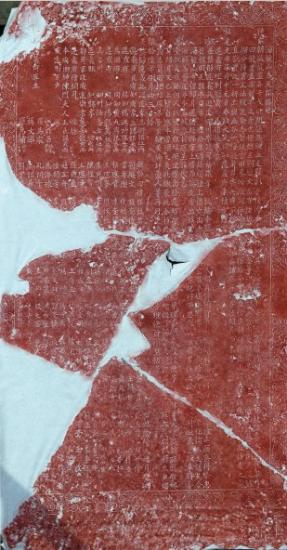
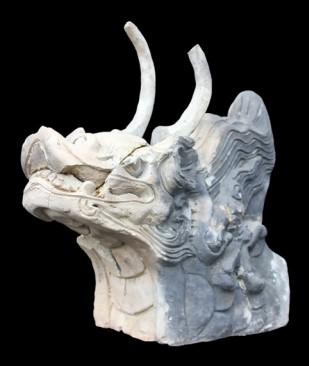
The excavation results to some conclusions. The design of the new palace adopted the layout with three lines in length and three lines in breadth. That is, its plane could be horizontally divided into the left, the middle and the right three parts, with the middle part as the core. In the vertical direction it is divided into the front, the middle and the back three parts, with the middle as the core. The layout was very common among Ming Dynasty offices. In fact the new palace functioned as the office of the local ethnic chieftain Tusi. The palace was the last official mansion of Yang Yinglong, while may not his origination. (Translator: Tong Tao)